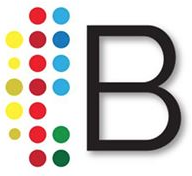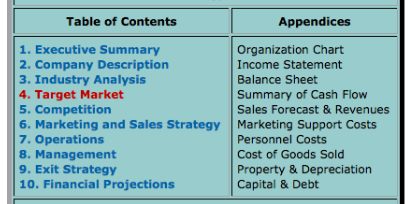The great American entrepreneur Henry Ford said “The only real mistake is the one from which we learn nothing.” All startup founders should be familiar with the sting of making mistakes, but how much attention do we pay to the mistakes of others, those cautionary tales we should all heed to avoid the same pitfalls?
Aside from following the splashy headlines after a public failing – think GigaOm, Twitpic, Gowalla – there are several research tactics you can use to compile important lessons, and learn about your competition.
CB Insights published this fascinating post-mortem on 146 failed startups. In addition to linking to the details on each company’s end story, there is value in seeing the repeating trends amongst the companies listed. Business media abounds with Top 10 lists for why startups fail, but this kind of representative sample from CBI is incredibly useful for identifying mistakes amongst companies in your same market niche.
For more information on privately held companies, the local business journals are an invaluable source for interviews with company leaders. These publications are often able to glean valuable details on the growth or missteps of startup darlings which would be otherwise ignored by national media. The Business Journals, Inc. covers over 40 metro US cities.
Look for publicly traded companies in your industry. You'll find regular updates on the health of the company at their investor relations website (Google: Company name investor relations). Here you’ll find a digital copy of the “Glossy” annual report, often containing a SWOT analysis and audio files of the quarterly analysts calls – phone discussions between the C-suite and financial analysts on the current challenges and opportunities facing the company.
Another place to look for competitive clues is in SEC filings, particularly regarding the challenges faced by recent IPO companies. The S1 filing, which can be found on the SEC website includes discussion of executive personnel, management challenges, legal issues, risk factors and regulatory concerns.
Every startup will experience bumps in the road, but how those bumps are handled will ultimately determine whether the company survives intact. Performing a survey of how similarly positioned companies handled their bumps can lend crucial lessons in survival and a roadmap to success.
















